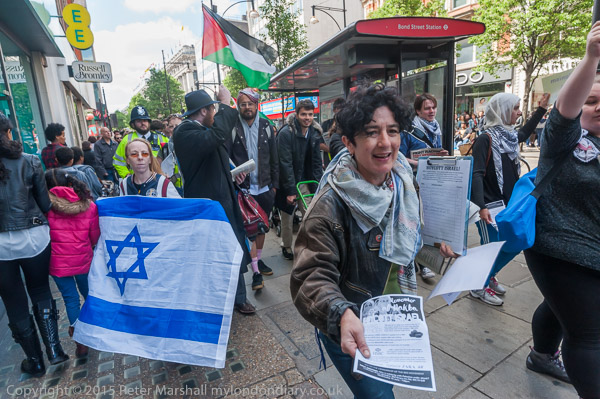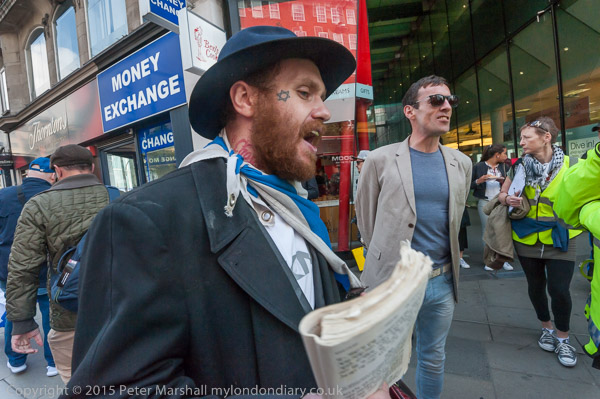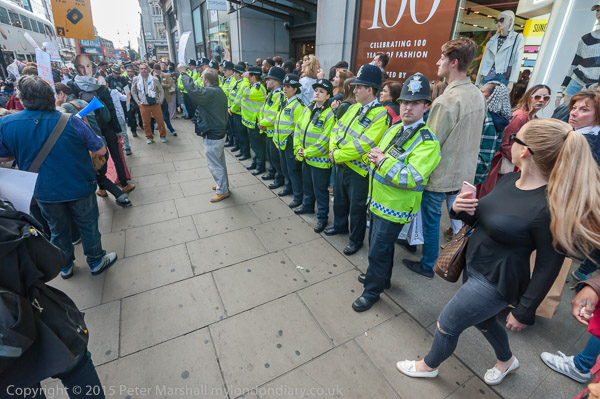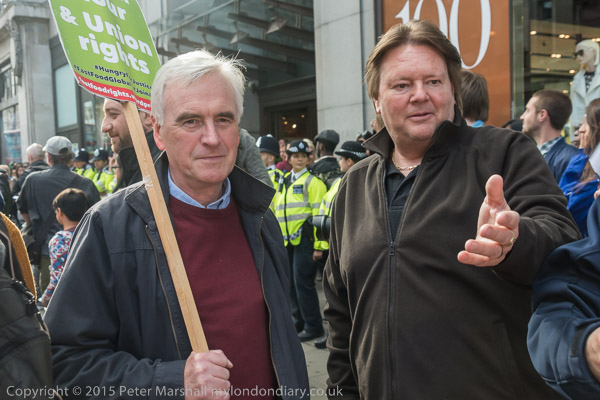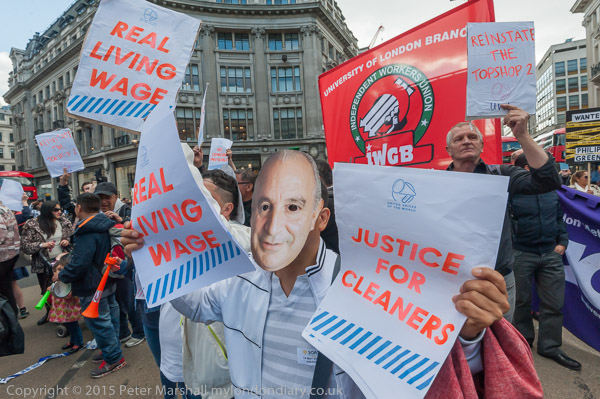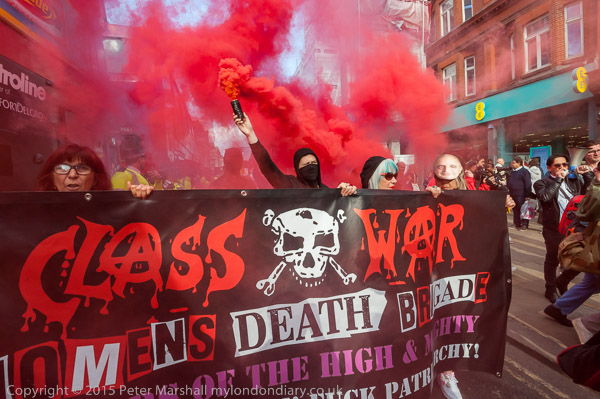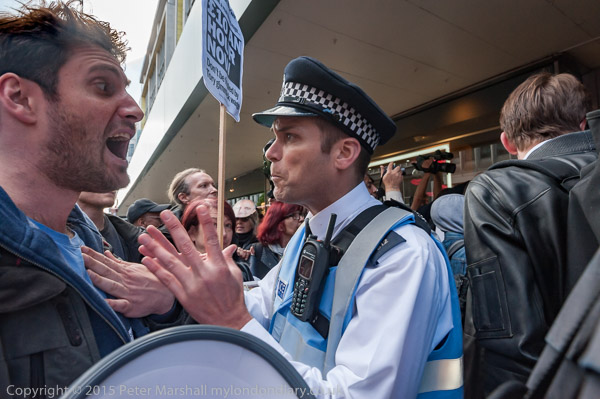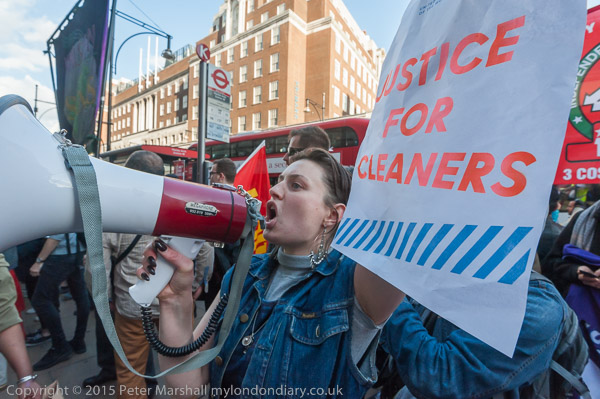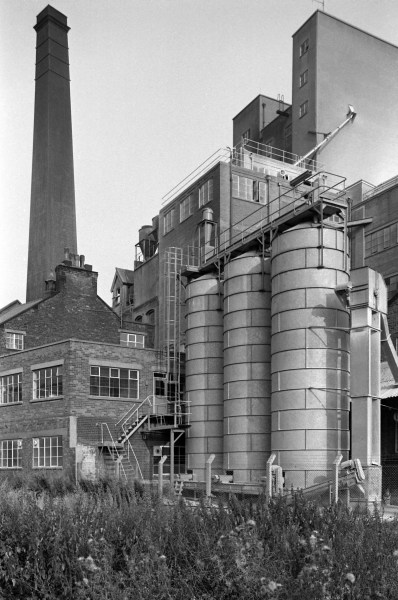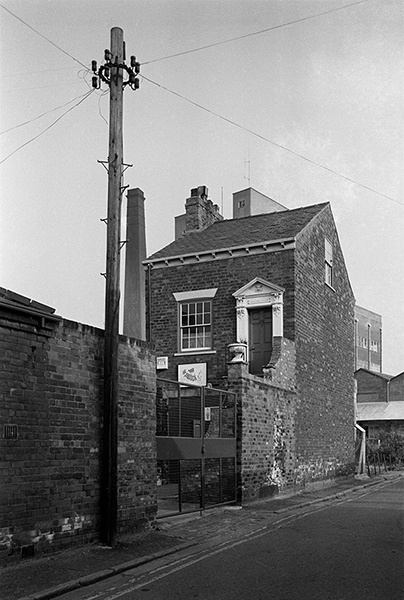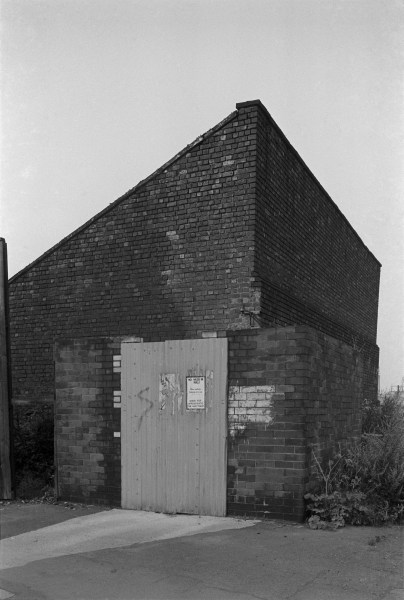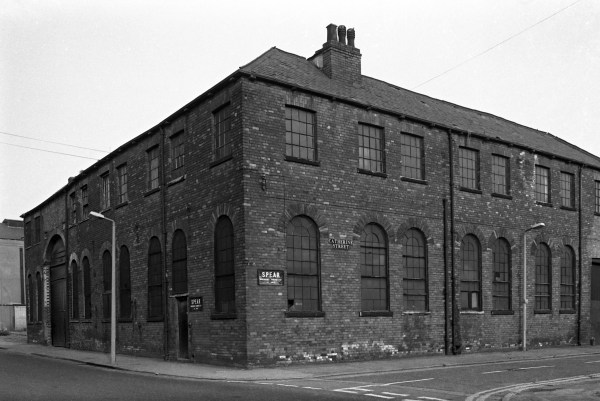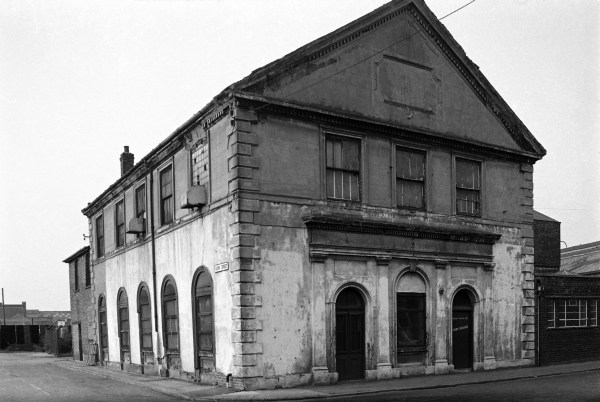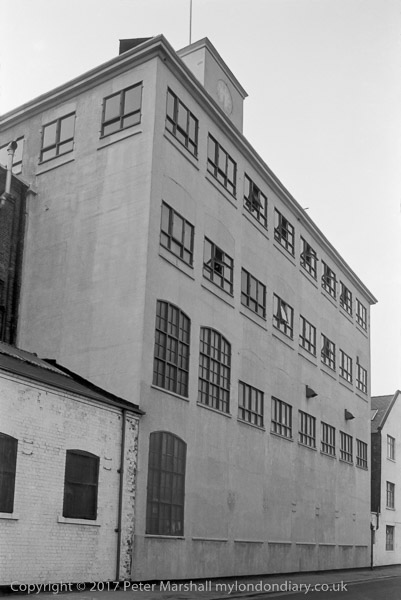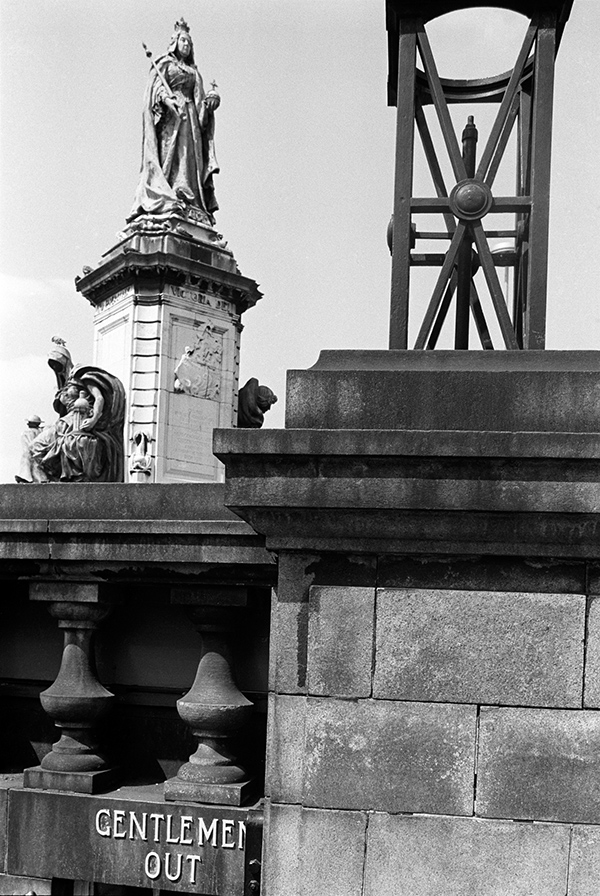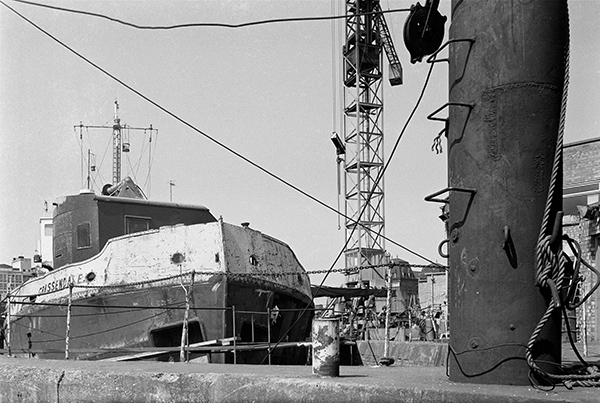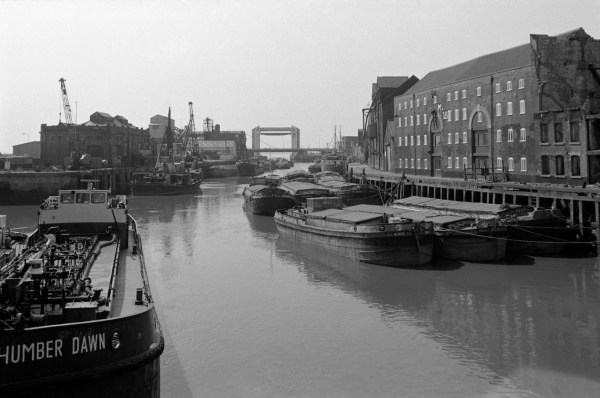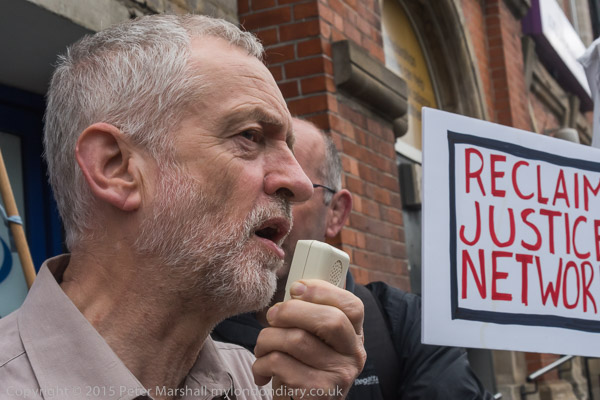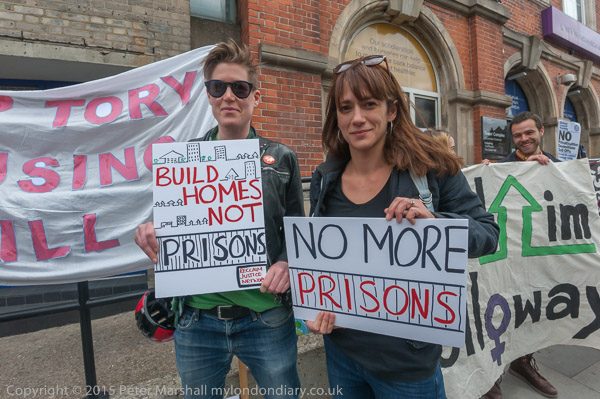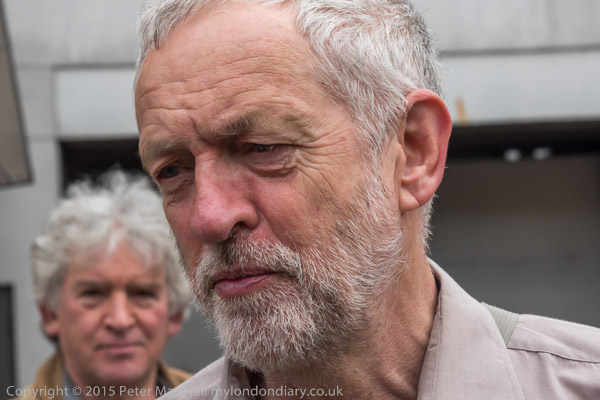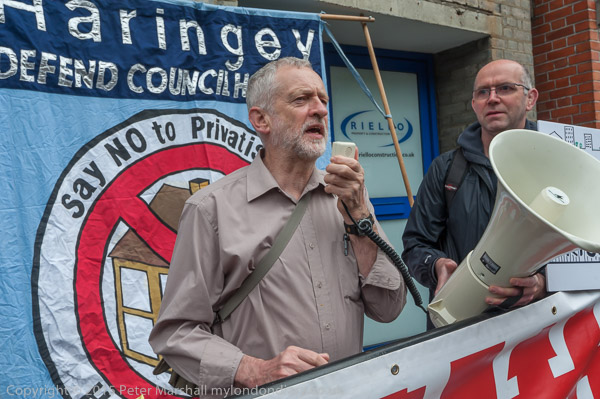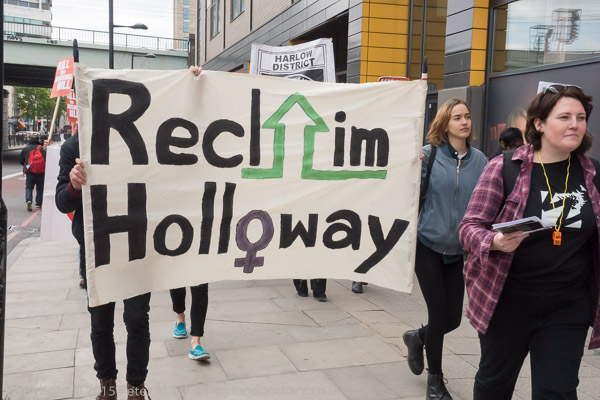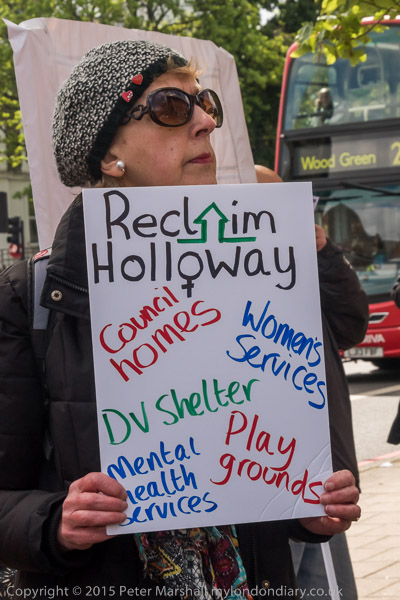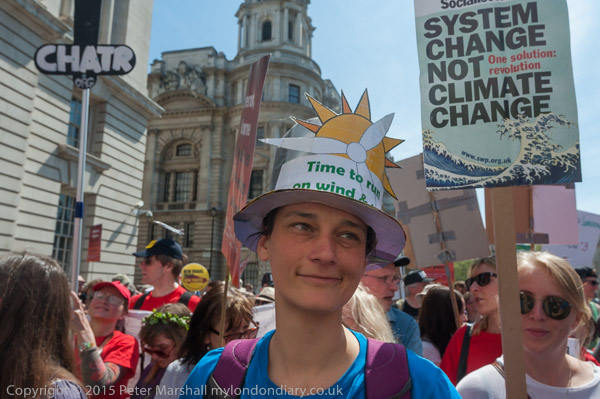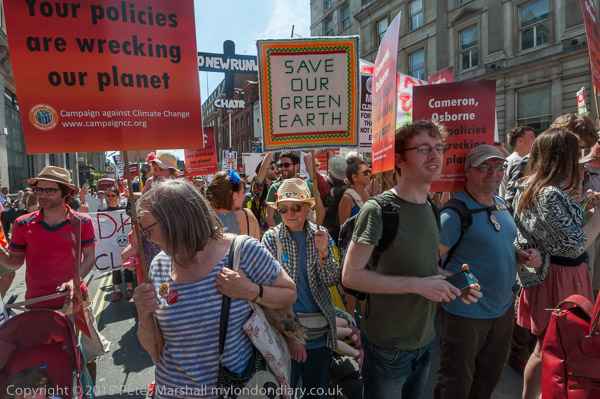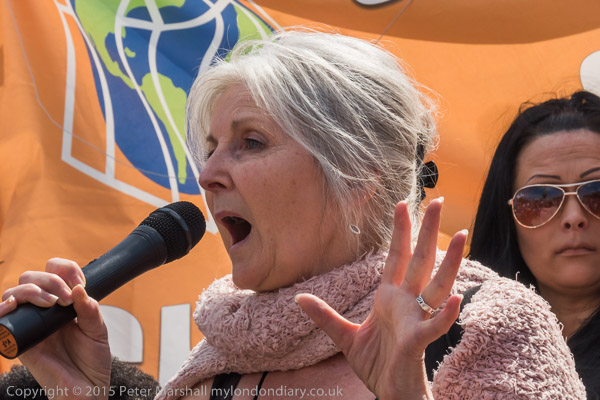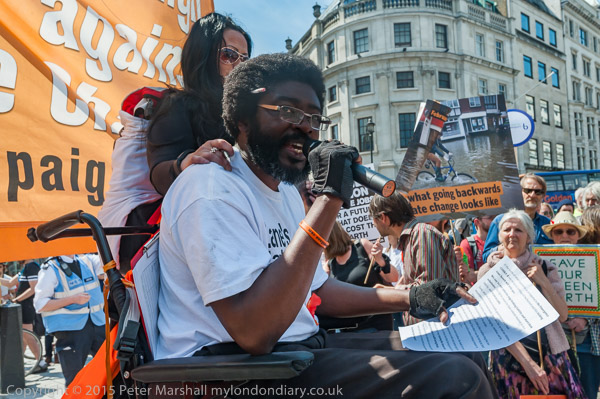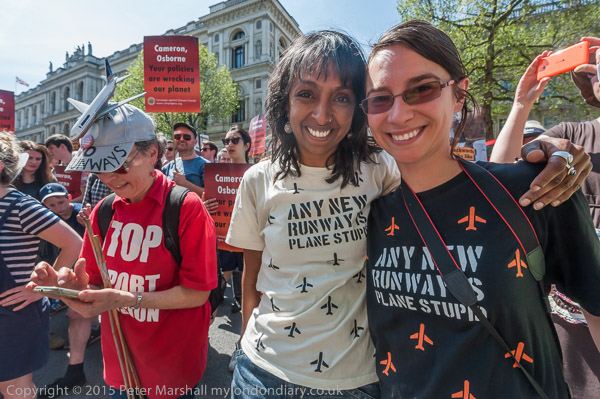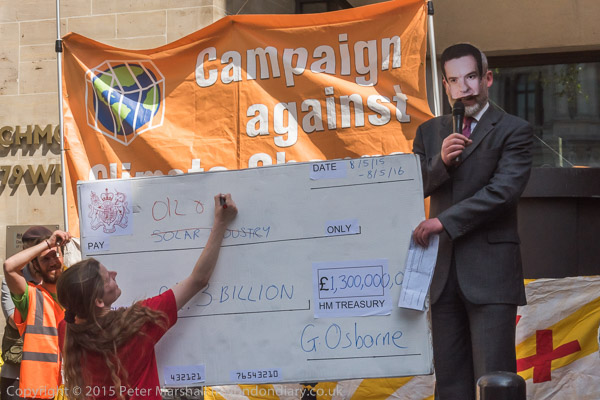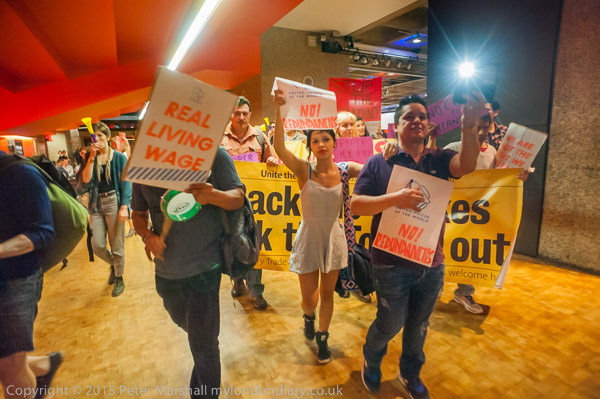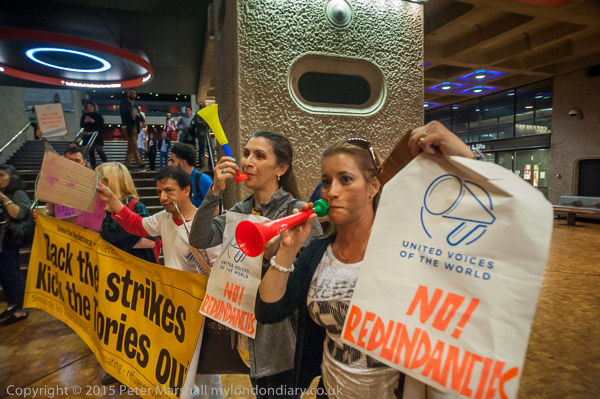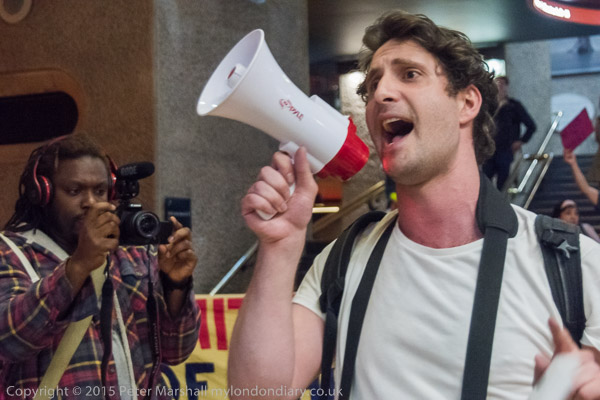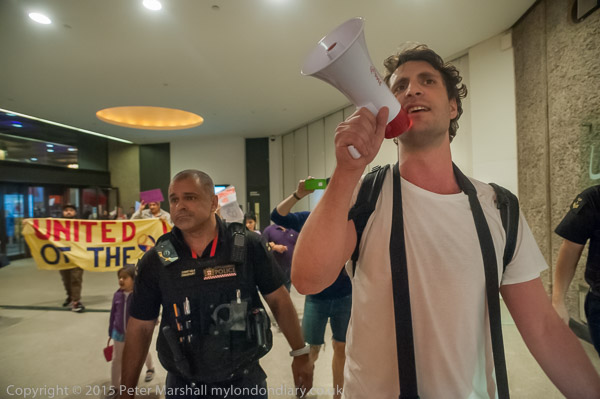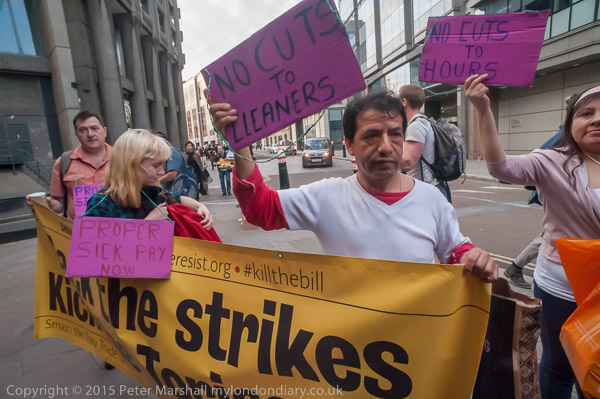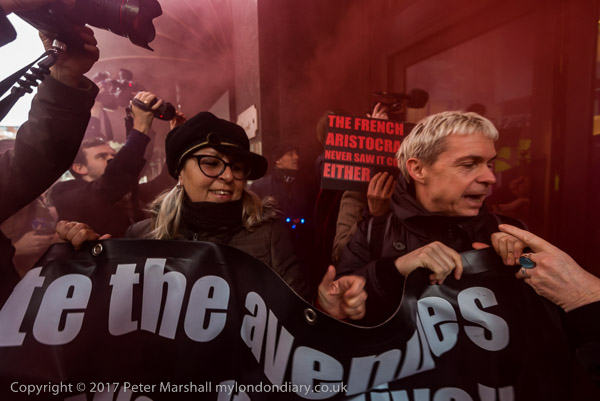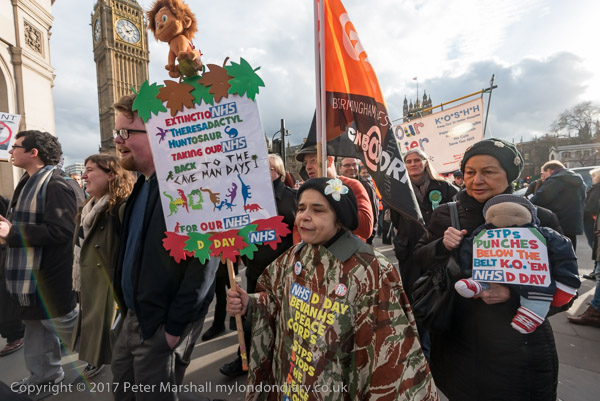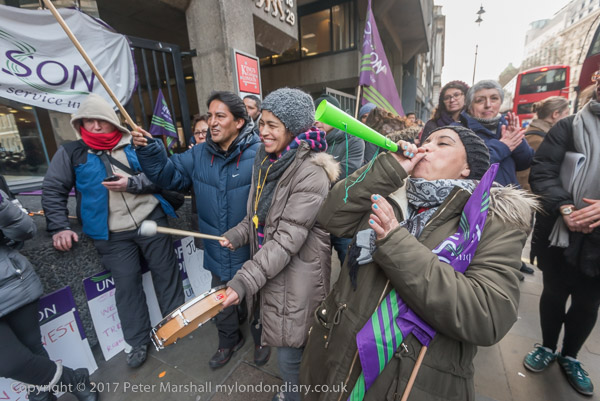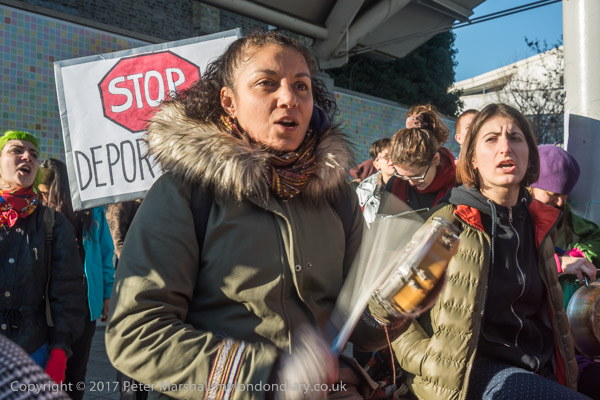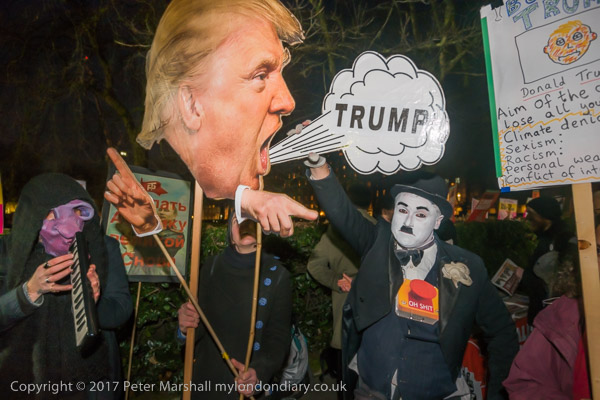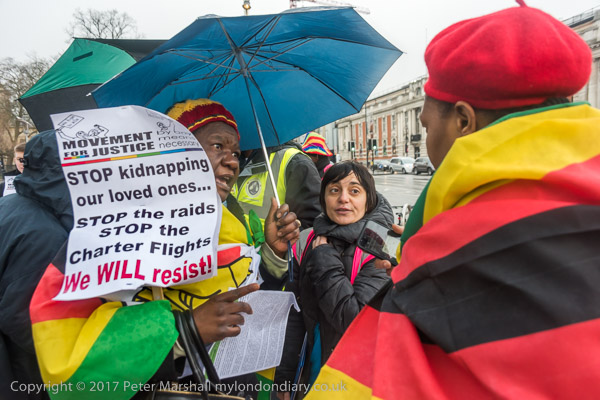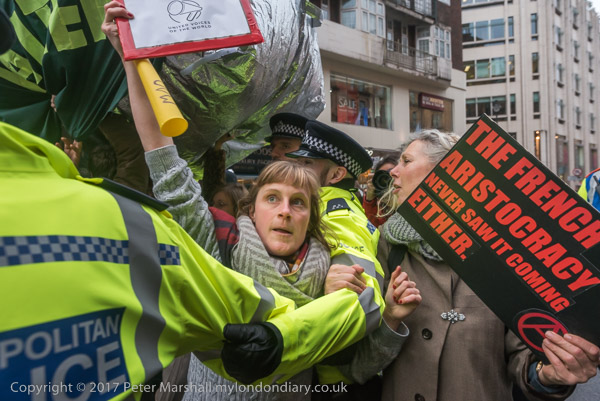Images posted daily on the Hull Photos web site. Comments are welcome here or on Facebook.
26 January 2017
The Alexandra Hotel in Hessle Rd on the corner of Ropery St remains a splendid example of a Victorian pub, built at some time between 1870 and 1890 and was Grade II listed in 1994. My picture shows the side in Ropery Rd, but the Hessle Road side is in the same style. Both the oval fanlight above the corner door and the circular one at right have a six-pointed ‘Star of David’ glazing, and it is perhaps not coincidental that there was a large Jewish population in the area around the time it was built.
The pub now looks much the same as when I took this picture, though it was damaged and closed for repairs for six months after the floods in December 2013. Unlike many pubs built as ‘hotels’ it still offers bed and breakfast, and at prices that I’m told are worth it just for the English breakfast, though the rooms are rather basic and the noise from the drinkers and traffic might make sleep difficult.
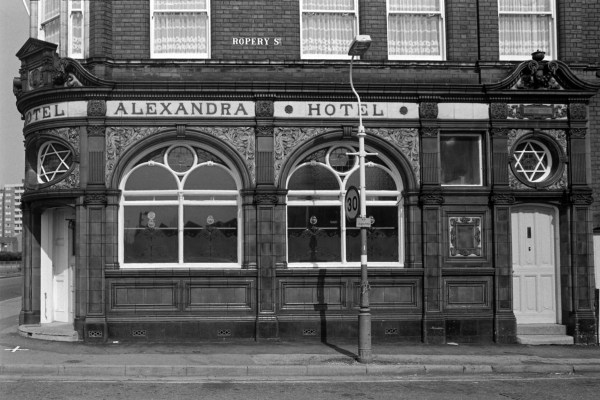
28h53: Alexandra Hotel, Hessle Rd / Ropery St, 1981 – North & West Hull – Hessle Rd
27 January 2017
There were several fish smokehouses around Ropery St in 1981, and the two shown in this pictures are still I think present if looking somewhat different. At the left of centre is one I think at the rear of 54 Alfred St and that to the right of centre at the rear of 140-142 English St. This seems now to be built into a recent shed which is part of Happy Hutch Co., and the empty space in the front of the buildings is now occuped by the premises of parts distributor Andrew Page Ltd.
It is hard to see the first smokehouse from Ropery St now because of more recent buildings. The area has changed with the builidng of CLive Sullivan Way and the expansion of Smith & Nephew, but I also photographed a third smokehouse, possibly one of the two still present between Tadman St and Daltry St. One of the pictures shows a sign for ‘Kingston Fish Foods’ who are no longer in the area, and nothing else seems to resemble the buildings in these pictures.
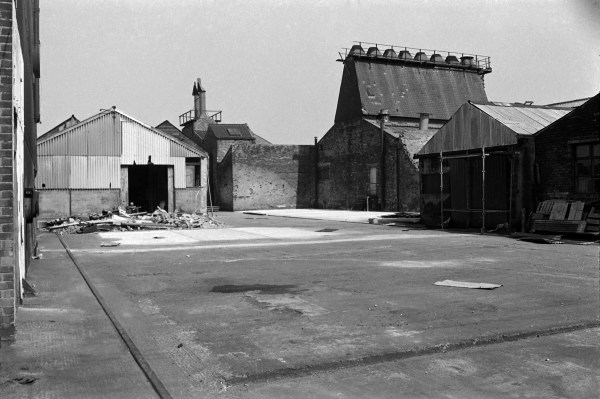
28h56: Yard and fish smokehouses, Ropery St, 1981 – North & West Hull – Hessle Rd
28 January 2017
There were several buildings in Linnaeus St, not far south of Anlaby Rd which were associated with the Hull Western Synagogue which opened there in 1902 and closed in 1994 some years after I took this picture. There are some impressive gates which according to the 2008 Grade II listing (and the text on them in English and Hebrew) were dedicated to the memory of the late Edward Gosschalk and presented to the Hull Western Synagogue By his widow and sons June 1926. Gosschalks are still a leading Hull solicitors in Queens Gardens.
I didn’t photograph the main gates, but a simpler part of the iron railings around one of the buildings, which was then boarded up, and where the shadows seemed to add an air of mystery, and I very carefully and reasonably precisely lined up the ironwork with the edges of the door surround, taking several frames to ensure I got it right, working with the 35mm shift lens.
I think this was a part of the Jewish School on the site which has now been extensively restored. The synagogue (also listed) is at the back of the site on Convent Lane, but I didn’t photograph it.
Linnaeus St was originally called Botanic Lane and at its south end were Hull’s first Botanic Gardens. It was renamed after the famous Swedish botanist Carl Linnaeus (1707-1778), the inventor of the binominal naming system for organisms still in use, in 1823, and kept the name after the Botanic Gardens were moved to a site off Spring Bank West around 1880. The buildings from the synagogue complex are I think the only pre-war buildings remaining in the street.
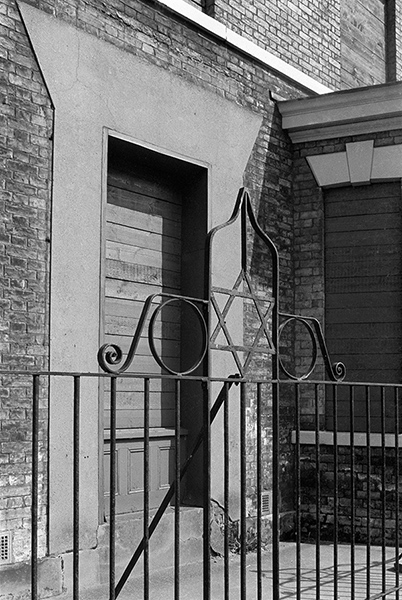
28h53: Star of David railings, Linnaeus St, 1981 – North & West Hull – Hessle Rd
29 January 2017
The area around Abbey St has changed since I took these pictures and I cannot always identify the exact locations. A B Rooms, Lock and Safe Engineers (see previous picture in this section) had premises in Field St, but later moved to new buildings in Abbey St close by. Their building in Field St has been considerably altered since I took that picture.
I can find no information about ‘Reynard Building…’ in Hull. If Carl Sharp reads this he many well know more! I think it was probably in Abbey St (as I recorded on the contact sheet a month or two after taking it.)
This is perhaps another picture that is more about the formal qualities, and in particular three rectangles, and the contrast between a black aperture and the white painted area on the wall. There is a kind of reprise at the left of the image with three vertical rectangles of doorways. I don’t think I would have made an exposure without the tree or the name ‘Carl Sharp’ written so confidently. But it’s a view of a derelict corner of a city whose changes I was recording and made at a time when I was striving to put form to work in the pursuit of content.
Working with the shift lens (or a view camera with movements) as I did on most of the Hull pictures is a rather different exercise to taking pictures with normal positionally fixed lenses. It enables the photographer to establish a point of view and then to precisely place the edges of the frame, moving the whole frame left, right, up or down a considerable amount. I’ve chosen to keep the verticals upright, chosen to stand on a particular line that places the distant pale door next to the larger gate on the corner, and to stand at a distance so that the frame cuts the doorway at left and also fills the right of the frame with a wall which actually on close inspection curves away at the extreme edge.
What I couldn’t control is the actual aspect ratio of the frame, and like all of the pictures from Hull this is presented without cropping. But I am tempted to remove that last brick or two at the right. The Olympus had a good viewfinder which showed almost all of the image, and a tiny bit also gets removed in the scanning and squaring for printing, but we may be seeing just a tad more than appeared in the viewfinder when I was making the image.
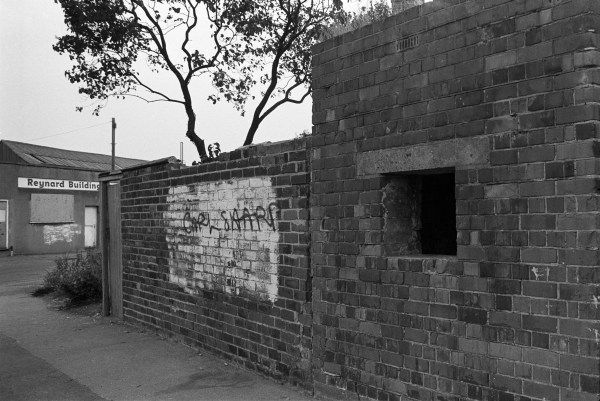
28i13: Abbey St area, 1981 – East Hull
30 January 2017
A game of cricket in the street – again according to my contact sheet, Abbey St – in front of a rather forbidding factory building which I’m pretty sure is no longer there. The G5 is perhaps for Gate 5, suggesting this was a fairly large undertaking. The ball, a tennis ball, is just visible to the left of the batter, a girl who has taken a pretty hefty swing which failed to make contact. Perhaps having an audience put her off her stroke.
I think this was a family game, with an older man at the left who could be a brother or father. I stood and watched for a few seconds, taking 2 pictures – this was the second. The 35mm shift was a manual lens, not ideally suited to action, but I had learnt to squeeze the button on the lens to stop down the aperture and press the shutter release as a single action – and still find myself sometimes doing so while taking pictures – just as I sometimes still try to push the lens body to one side or another to adjust the framing, but realise what I’m doing when it doesn’t move.
The 35mm shift was a kind of gift from Hull, something I’d long coveted but not been able to afford. One day I got off the train in Paragon Station and walked across Ferensway to look in the window of the photography dealer a few yards up the road, Hilton Photography (they moved to Paragon St years ago) and there was the lens in the window. It wasn’t cheap, but it was in pristine condition and considerably less than the new price. These were rare items, I’d not seen one secondhand before and nor I imagine had the dealers, and I suspect they didn’t really know what it was or what it was worth. I really couldn’t afford it, but I bought it on the spot.
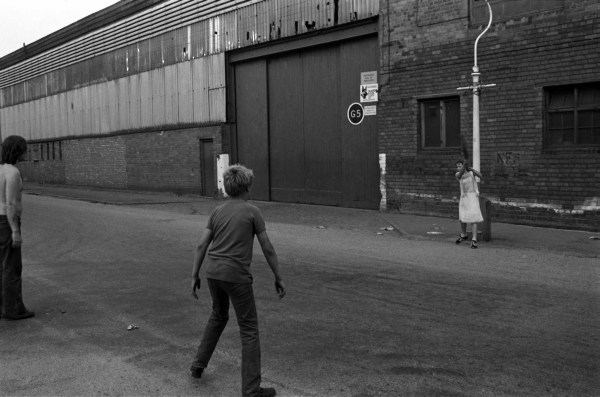
28i15: Abbey St area, 1981 – East Hull
31 January
The curved cafe window on the corner of Dansom Lane and Holderness Rd has been replaced, but there is still a cafe there, and the buildings across the Holderness Rd look much the same although now selling scooters and bikes. Witham ends across the road to my right on the other side of Dansom Lane South as I took this picture with the Holderness Hotel at 55 Witham, so my caption ‘Witham’ in the book ‘Still Occupied’ is just a few yards out.
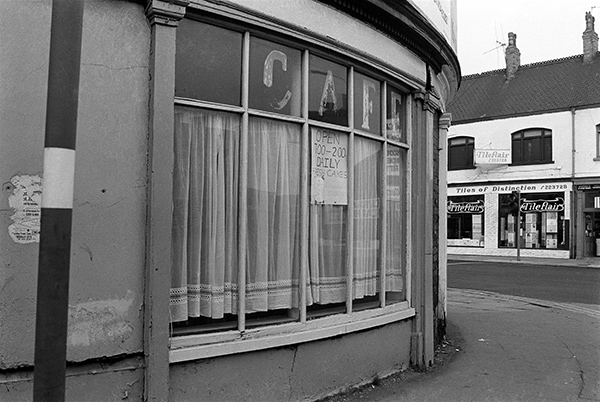
28i24: Cafe, corner of Dansom Lane and Holderness Rd, 1981 – East Hull
1st February 2017
Much of Hull’s industry grew up alongside the River Hull, and one of my favourite streets in the city was Wincolmlee, at the back of warehouses and wharfs along the west bank of the river. Among the early industries along the Hull were shipbuilding, and the first steam packet in England is said to have been built on the River Hull, in a Wincolmlee yard, in 1796, under the direction of Furness, from Beverley, and Ashton, a Hull physician, some years before Fulton’s better-known invention.
But the main businesses in Wilcomlmlee and the Sculcoates area around it were oil mils, milling a wide variety of seeds and nuts brought in by boat, producing oils including linseed oil, used in cloth, linoleum and paint, palm and other oils for soap, rape, flax, barzil and other oils, as well as large quantities of the oil cake which remained being used to produce cattle feed. Paint factories based on the oil production included those for Sissons and Blundells, both of which became well-known. White lead factories supplied the paint industry, engineering firms produced the presses needed to crush the oil.
Other factories processed the sugar that came into the port, the whale oil, produced glues and soap. There were large cotton and flax mills, corn mills and more. Much of this industry had ceased by the time I was photographing, but some remained, along with many of the buildings that had housed it.
Cooper St is a short street off from Green Lane, which used to end at the bank of the Cottingham Drain, now just a narrow strip of wasteland, less than a hundred yards form the junction of Green Lane with Wincolmlee. Victoria House, built around 1840 but with late 20th century alterations was Grade II listed as at 2 Green Lane in 1994 and until recently was the site of a printing business, CTP Plates, liquidated in October 2016.
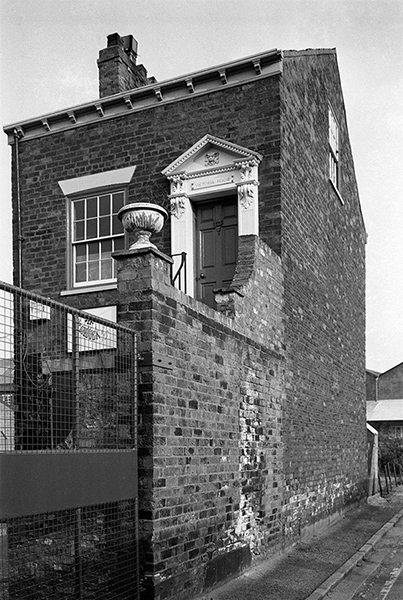
28i31: Victoria House, Cooper St, 1981 – River Hull
You can see the new pictures added each day at Hull Photos, and I post them with the short comments above on Facebook.
Comments and corrections to captions are welcome here or on Facebook.
Continue reading Hull Photos: 26/1/17-1/2/17
